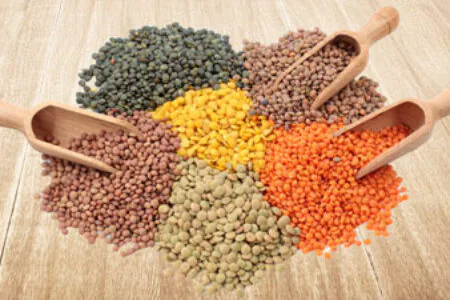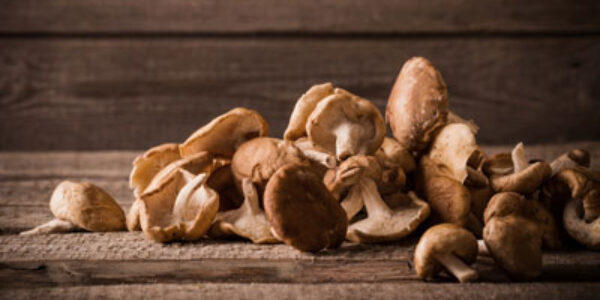
We use vitamin B5 or pantothenic acid to convert fats, proteins and carbohydrates into energy, particularly fats. Pantothenic acid is essential to make and break down fatty acids. It also helps us make hormones, and it helps us maintain optimal conditions for our skin, hair and nails.
Being a water-soluble vitamin, we excrete what we don’t use through our urine, so we need to ingest it every day. The good news is that pantothenic acid is present in almost every whole, plant-based or animal-based food, so deficiency is extremely rare.
Same as with biotin, the Dietary Guidelines for Americans, 2020-2025 do not offer an intake recommendation for this nutrient, or even mention vitamin B5 or pantothenic acid at all. For this reason, we are using the National Academies of Sciences, Engineering, and Medicine intake recommendations on our personalized nutrition calculator.
Scroll down to try our personalized calculator, see some top whole-food, plant-based sources of pantothenic acid, and to learn some interesting facts.
Top Whole-Food, Plant-Based Sources
Hover over each food below to see how much vitamin B5 or pantothenic acid you can get with one serving. Click on each food’s picture to visit its interactive page with a personalized calculator of all the nutrition you can get from one serving, more information about how it supports our body, tips to choose and prepare it, interesting facts, and more!
Vitamin B5 Personalized Calculator
See how much vitamin B5 or pantothenic acid you and your family members need, according to the Food and Nutrition Board (FNB) at the National Academies of Sciences, Engineering, and Medicine.
Terminology:
- Daily Value (DV): The recommended amount of nutrients to consume each day for individuals who are 4 years old or older.
- Adequate Intake (AI): This is an approximation of nutrient intake by a group or groups of healthy people, based on age, sex, and whether a woman is pregnant, lactating, or none. This is used when a Recommended Daily Allowance (RDA) cannot be determined.
- Upper Intake Level (UL): The highest amount of nutrient intake that will not pose adverse health effects on most individuals.
Important Things to Know
Comparison of Pantothenic Acid Sources
You may be wondering about other potential sources of vitamin B5 or pantothenic acid, such as supplements and animal-based foods. Below, we make a quick and simple comparison between the three options.
References










